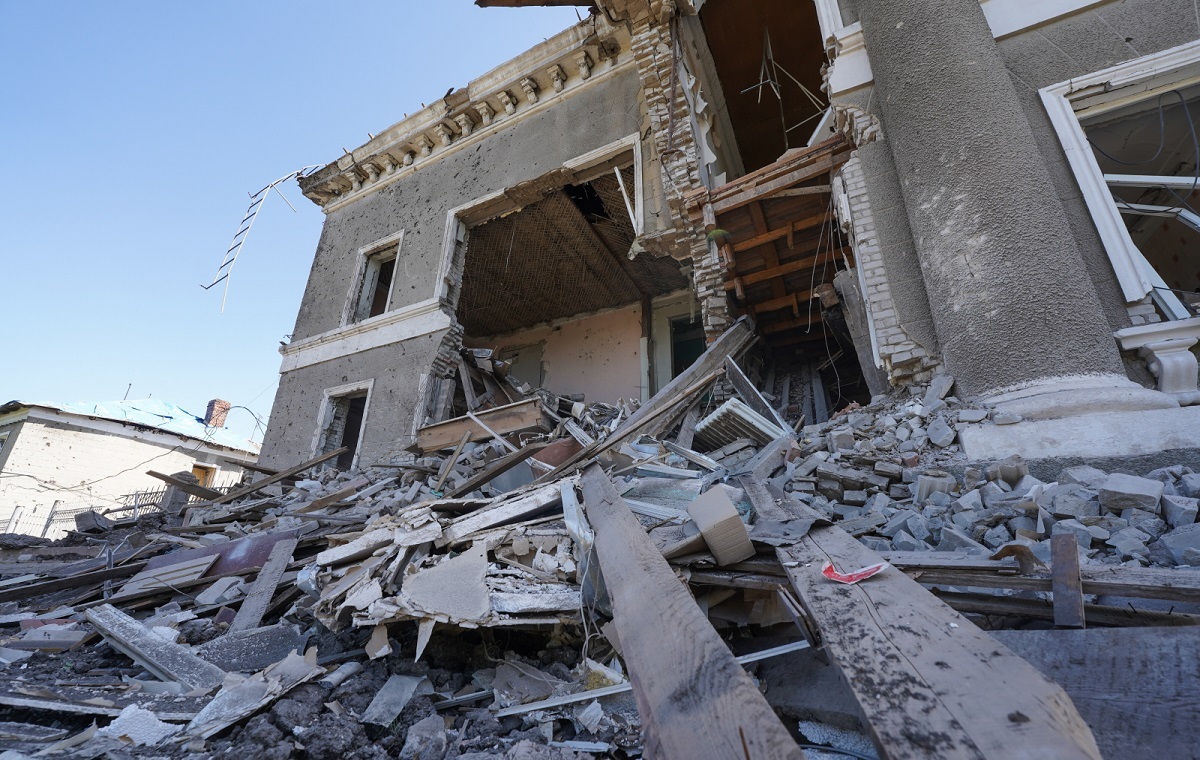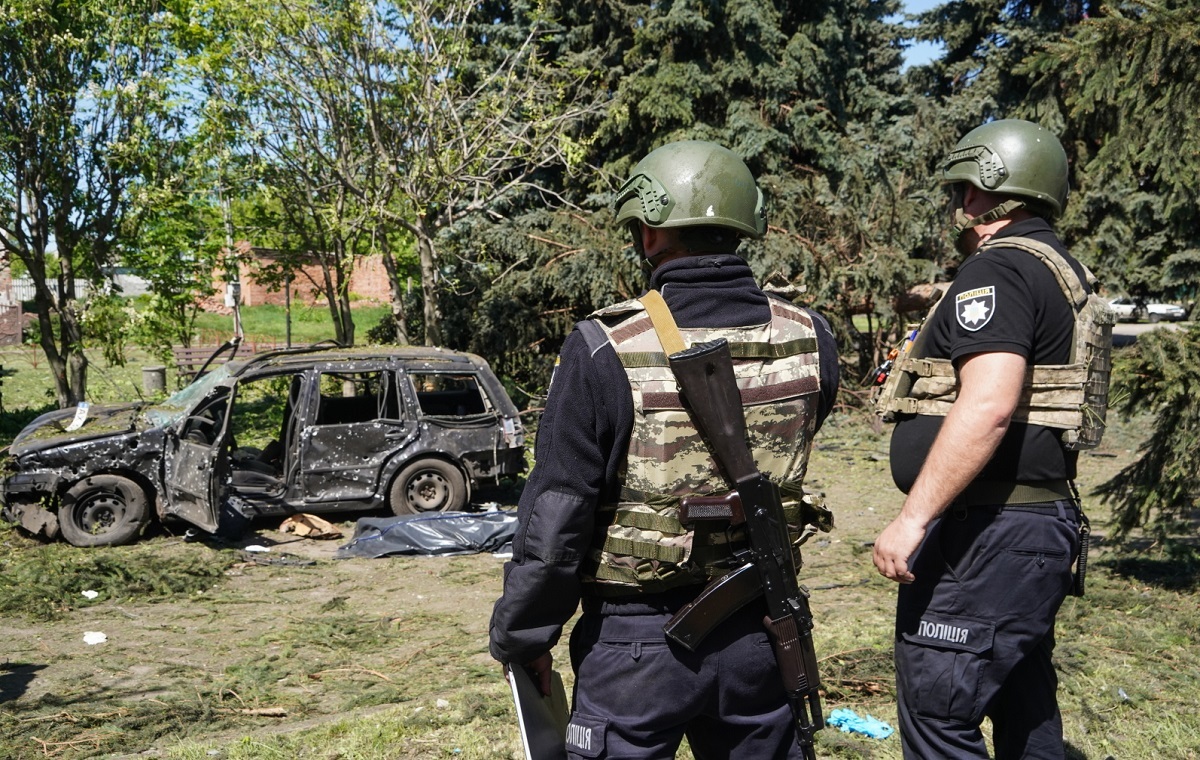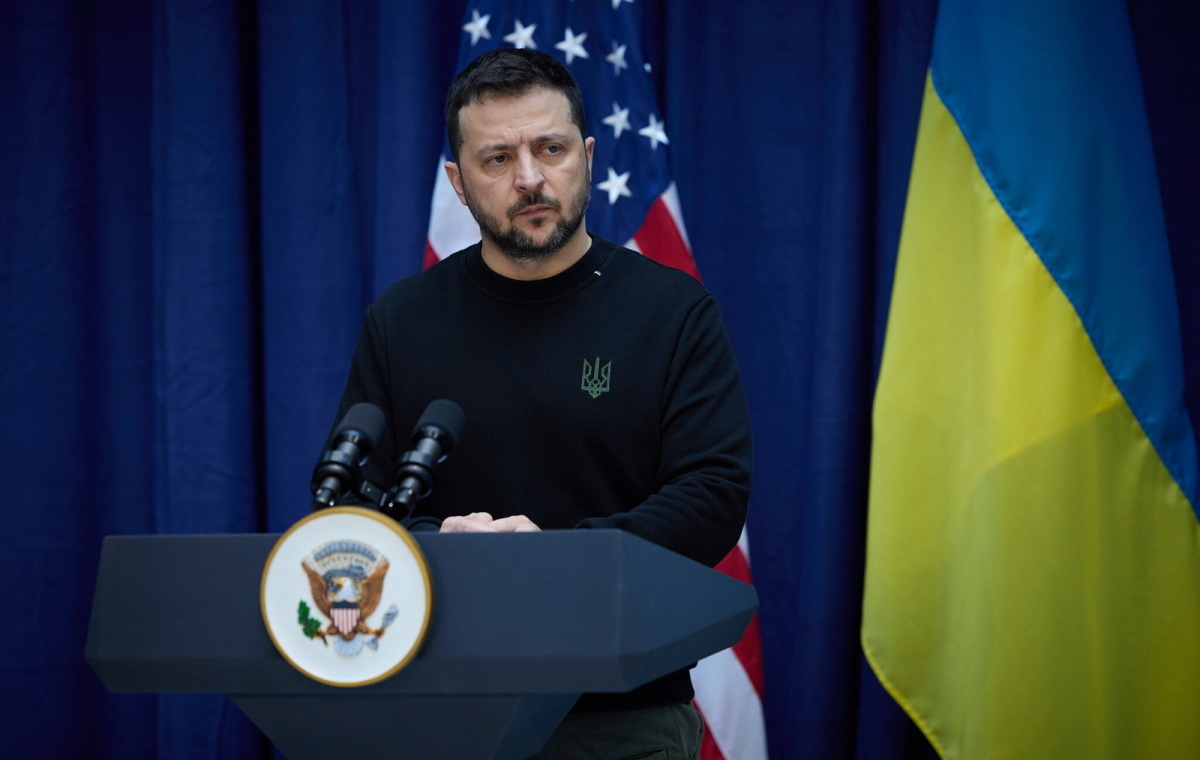A few weeks before the surrender of the armed forces of the Third Reich, an invisible battle occurred over the German airwaves, which can be considered a harbinger of the current information war. The parties in this clash were: the British Directorate of Political Struggle Special Operations Directorate (PWE) and the German Ministry of Propaganda Dr. Goebbels and the central apparatus of the NSDAP.
In the early spring of 1945 Das Dritte Reichthat should have lasted 1,000 years, fell apart. The Allies crossed the Rhine and by day the American and British units were quickly gaining ground. At night, Allied bombers in carpet bombing reduced cities to rubble. The Allied Commander-in-Chief, General Dwight Eisenhower, planned a swift attack and radio stations: The Voice of America, the BBC and Radio Luxemburg that had already been captured urged the Germans not to flee to calmer areas and to stay where they were. . Eisenhower wanted empty roads and highways for motorized troops, not crammed with flocks of refugees. The plans were thwarted by the arrival of Winston Churchill, who was visiting Allied Headquarters and staying for the weekend. In the morning, he accidentally fell into the hands of the American front newspaper “Stars and Stripes”, from which he learned about a radio call. “Generally, what is this nonsense,” the British prime minister snapped at Eisenhower over breakfast. “We’d better push the Huns onto the roads and highways to block the strategic communications of their fleeing troops, as they did with French civilians in the 1940 campaign.” In Eisenhower’s soul, politicians and diplomats triumphed over soldiers. The commander-in-chief assumed that a satisfied Churchill might not interfere in more important matters, and the radio station was ordered to immediately stop calls to stay home. The launch of the propaganda campaign without losing the credibility of the three radio stations was entrusted to the “black” radio propaganda specialists of the PWE Special Operations Directorate. The disinformation specialist was even assigned a unique transmitter “Aspidistra”which is said to be “armadillos rampaging over waves of aether”.
“Aspidistra”
The device hidden under the vegetable code name “Aspidistra” was the most powerful mediumwave radio transmitter in the world at that time, with a power of 600 KW, it was able to overcome all interference and reach receivers throughout Western and Central Europe with its signal. . In Germany, the signal was so “clear that it was often mistaken for a local radio station by German listeners”.
The powerful transmitters, built in the United States by RCA factories on private orders, suddenly became useless, as Congress introduced a power limit of 50 KW for mediumwave radio transmitters. Harold Robin, the technical “brain” of PWE, found out about the device hidden in the warehouse and suggested a cheap purchase. Winston Churchill immediately agreed to the fee and the transmitter was bought for £111,801 4 shillings 10p. The transmitters were transported in parts to Great Britain and assembled in a special bunker at King’s Standing near Crowborough, Sussex.
The unique characteristic of a powerful transmitter is its ability to change the transmission frequency quickly and smoothly. Typically, it takes a technician from several hours to several days. The RCA manual says the frequency can be changed in minutes. British engineers, after some modifications, reduced this time to about 20 seconds.
During the war years, Aspidistra transmitters (or Iron Leaf, as the florists say) have been used for a variety of purposes, and are now used to spread disinformation intended to lead terrorized communities into logistical chaos. Such a task from today’s information war textbook.
Operation Siegfried
The order to start the operation codenamed “Siegfried” was issued on March 23, 1945 (see the relevant order at the end of the article). It was to complete Operation Pluder, which was to cross the Rhine. The plan was to “intrude” with a signal from Aspidistra on the transmitting frequencies of the German civil defense warning channel and Radio Cologne and broadcast messages developed by the info-subversive of the British Special Operations Directorate.
During the war years regional mediumwave radio stations in Germany operated on different frequencies, although very often they retransmitted Deutschlandsender’s centrally prepared programs. During Allied air raids, local radio stations along the bomber’s route turned off their transmitters to make it more difficult for pilots to navigate from radio station to radio station. This broadcasting glitch decided to use saboteurs from the Special Operations Directorate for disinformation. The air attack routes received from Bomber Command were very helpful. On their basis, it is estimated which local radio station will end the program and at what time. When a radio station along the air raid route turned off its transmitter, “Aspidistra” stepped in and rebroadcast the Deutschlandsender center signal in another town on a different frequency. A few seconds of “intrusion” is practically invisible. The retransmitted program is intertwined with the prepared message which is indistinguishable from the German message. The information sounds credible and does not raise suspicions. Written in the same style, read in the same way, alternated by women and men. The announcer’s German is idiomatic and perfect. Even the intonation and rhythm are the same as the announcer of the Cologne broadcast station. Everything looks as if it is being broadcast in German, not English. Just some elements in different content. In the case of different cities, the “extra” (now called “fake”) was different. During the “raid” during the carpet raid on Düsseldorf, information was given about the approach of Allied armored columns and standard announcements about gathering places for evacuation were supplemented by a bogus rule by Gauleiter Friedrich Florian that NSDAP activists received priority because they were “the most valuable elements of the nation” and it was first of all for them, they needed to be saved in order for them to survive and “carry the torch of National Socialism further”. Residents of Frankfurt and Darmstadt were lured from their homes by false information about special evacuation trains full of food, hot drinks and clothes for refugees. At the same time, the station to be stopped is given.
The fake communiqué referred to the Gauleiters and Reich Defense Commissars from Essen, Düsseldorf, North Westphalia and South Westphalia as well as high-ranking NSDAP officials. It explained that “current evacuation measures are proving ineffective”, explaining that those not included in the evacuation “should remain and, if necessary, must brave death”.
Chaos and terror
It is difficult for British information saboteurs to judge the German reaction to Operation Siegfried throughout the war. However, a certain clue was the magazine “Parteigenosse Steinecke” which was intercepted by American troops from the office of the NSDAP organization in the town of Lemgo in Westphalia. On March 29, 1945, a local official reported to the Party authorities that there had been no warning in the newspapers about the false messages being broadcast by the enemy over German radio waves. “Parteigenosse Steinecke” was concerned that “the news of the approach of enemy tanks and reconnaissance vehicles, as well as evacuation instructions, etc. terrified residents of the entire district.”
In response to the chaotic announcements, the local government and NSDAP cells began sending evacuation instructions by telephone, which were met with replies when “Aspidistra” visited Hamburg and Berlin on the evening of 30 March 1945. At that time, warnings were issued that the enemies of the Reich were interfering with telephone communications, so every instruction must be confirmed by calling back immediately. “This applies to all cells of the state administration and the NSDAP as well as individual residents.” The effect of these calls is unknown, but even limited callbacks strained telecommunications networks for hours on end.
Operation “Siegfried” must have caused considerable chaos, as it forced the German authorities to transfer evacuation and civil defense messages to the “Deutschlandsender” program broadcast on longwave, that is, outside the frequency range of the “Aspidistra” transmitter.
In the summary of Operation Siegfried in the Secret History of the PWE, written shortly after the end of World War II, but published only in 2002, one can read a significant opinion: this operation “may be the starting point for planning political engagements in the next war.”

“Reader. Future teen idol. Falls down a lot. Amateur communicator. Incurable student.”






